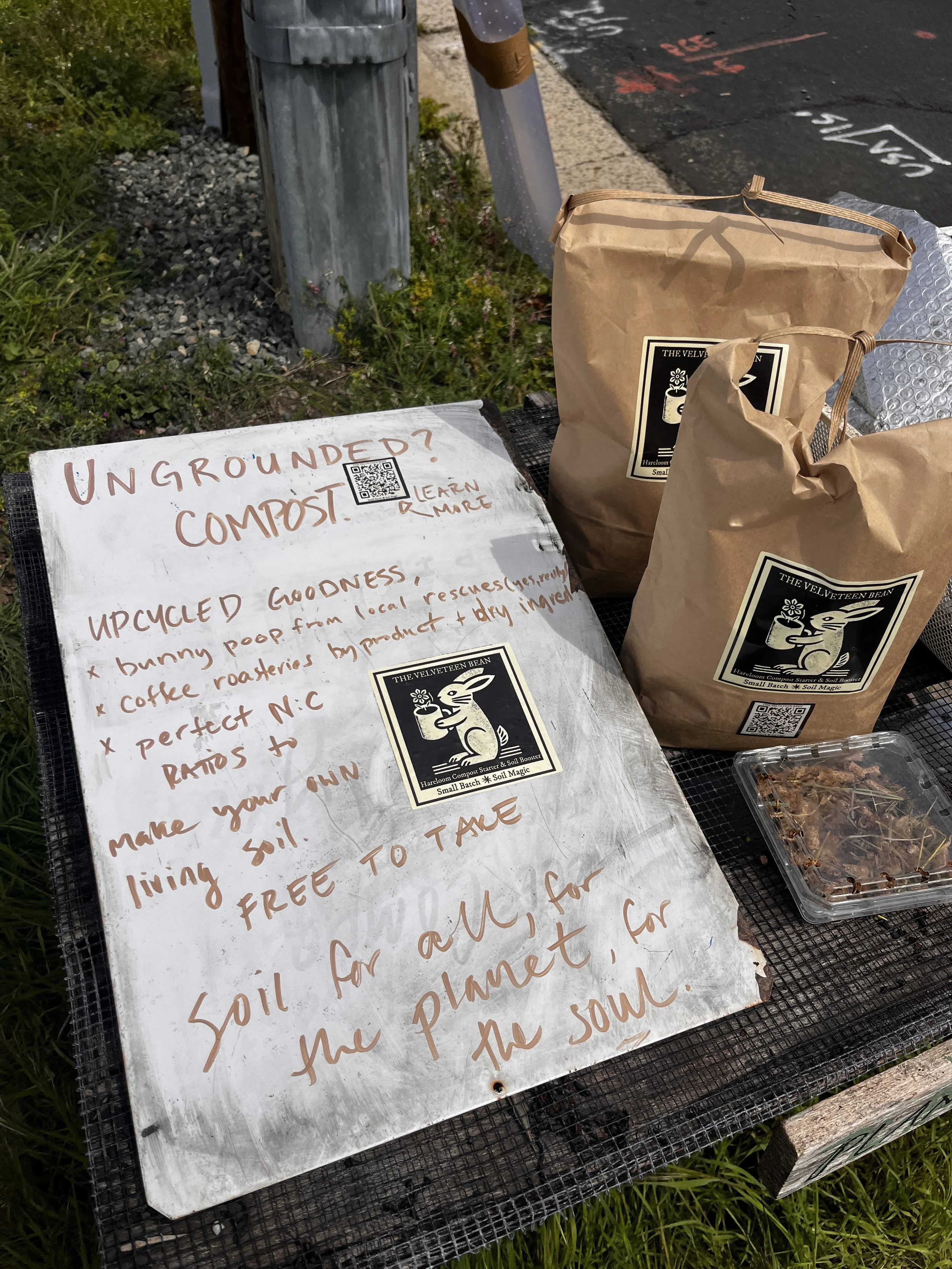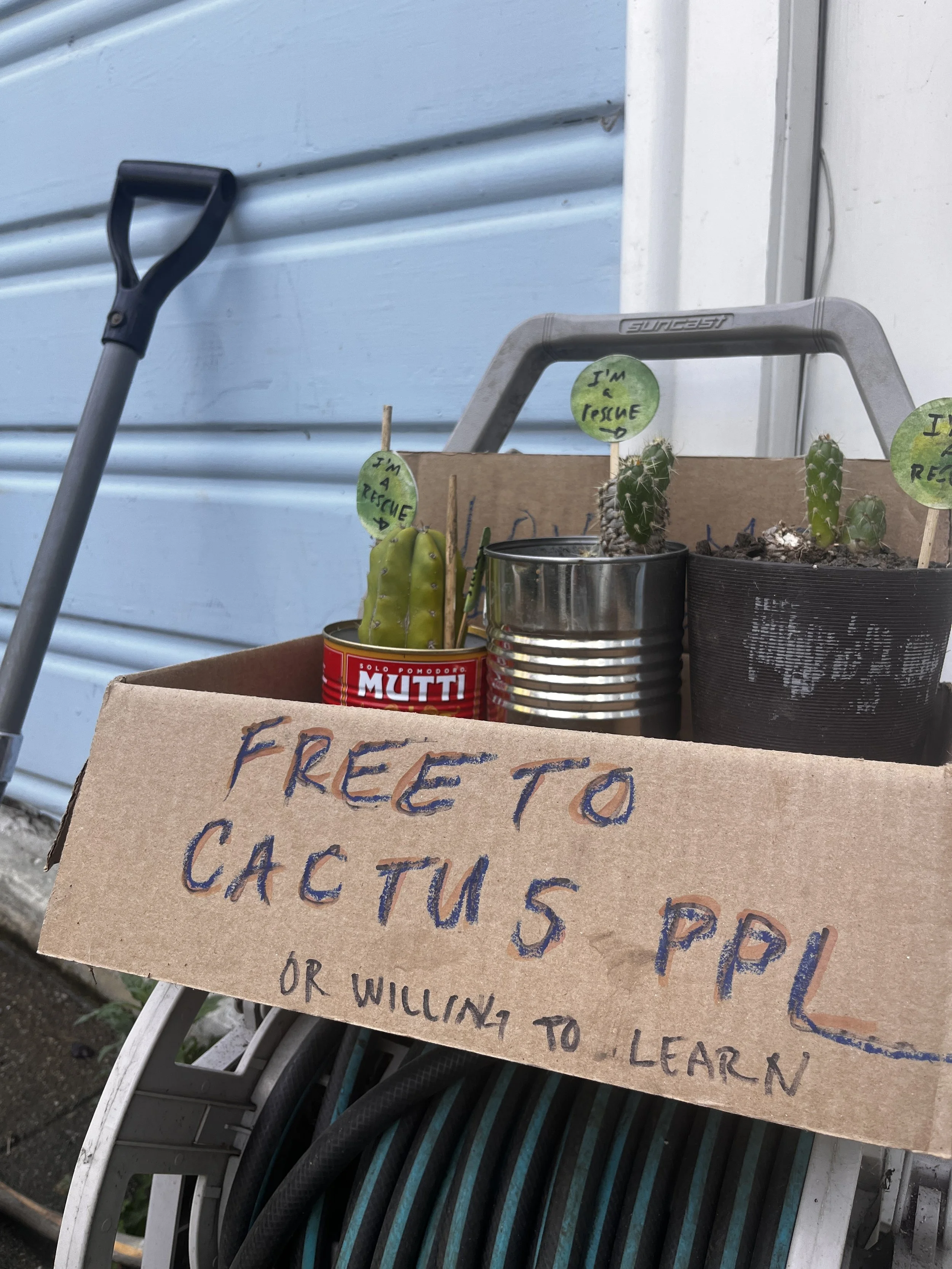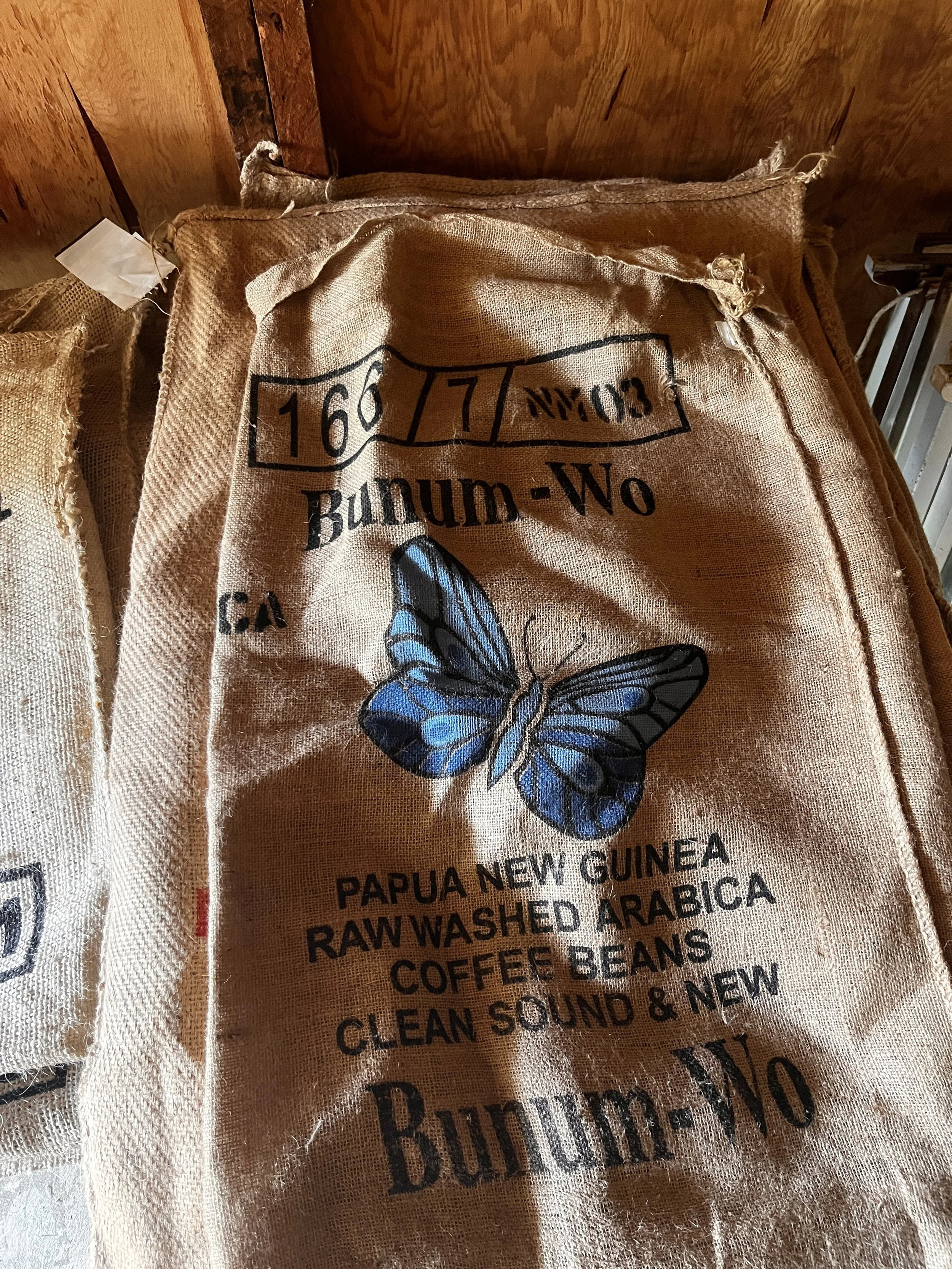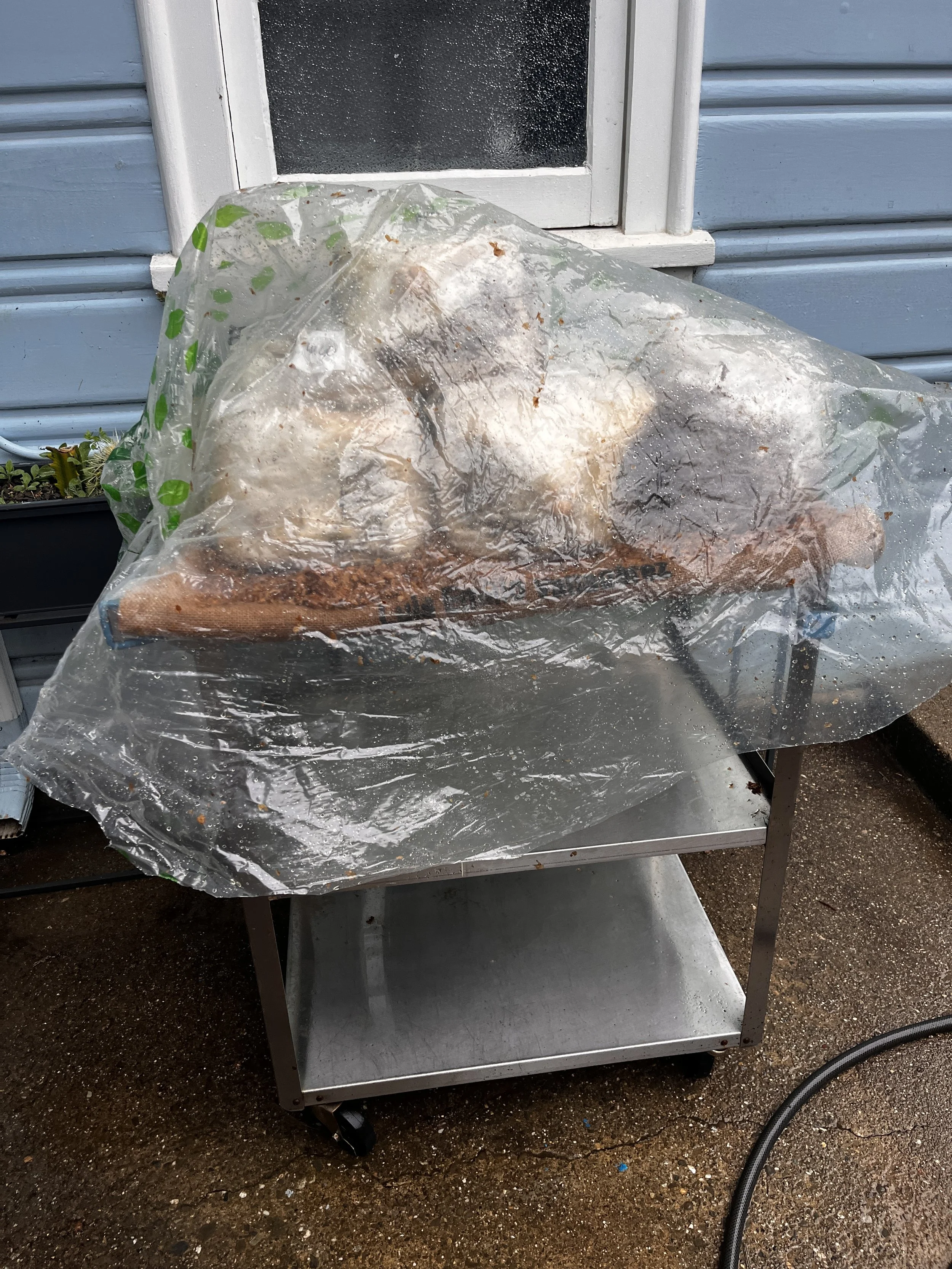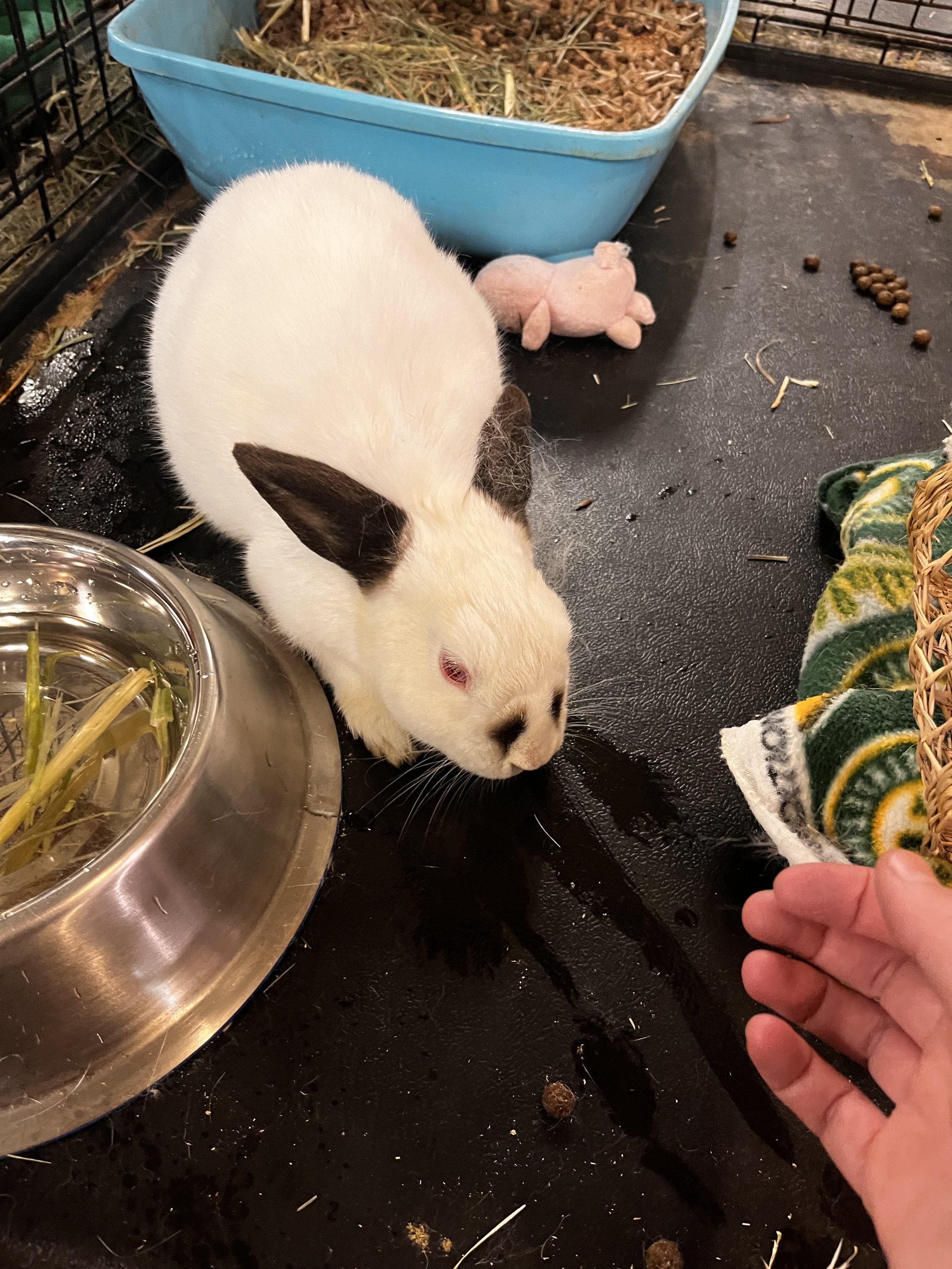What Is a Plant Library…and How to Start One
A gentle how-to for spreading green joy in your neighborhood
A place where you can borrow a tomato seedling the way you'd borrow a book. Where cuttings, starts, seeds, and soil knowledge are passed from hand to hand. Freely, locally, and with love. That’s a plant library.
A plant library is a community-powered exchange where people can give and take plants, seeds, extra backyard harvests, and sometimes even homemade compost or soil amendments. No money, no gatekeeping; just a shared commitment to helping things grow.
Why Start One?
Because it’s fun. Because the world needs more delight without strings attached. Because plants shouldn’t be a luxury. Because there’s beauty in abundance. Because we already have what we need when we share it.
Whether it’s a bookshelf in front of your house, a sidewalk crate labeled “Free Starts,” or a dedicated cart at a community center, small gestures bloom big change.
Want to spread to joy to more? We’re fundraising for a Mobile Plant Library to bring free garden goods to more people!
sweet & simple
How to Start Your Own:
Pick a Spot: Porch, driveway, fence, school, garden… anywhere visible and accessible.
Set the Tone: Use a sign or chalkboard to explain it’s a free swap.
Stock It (Lightly): A few seedlings, cuttings, or labeled seed packets is plenty to begin.
Invite Community: Post to local groups, talk to neighbors, leave a note at the coffee shop. Let it spread by word of mouth. Or just delight at people who happen to walk by, no outreach needed.
Keep It Low-Key: Some weeks it’ll be full, some weeks it won’t. Let it ebb and flow like the seasons.
Like to DIY?
Find old pots at the recycling center or side of the street, give them a fresh coat of paint, fill them with dirt and a clipping—and voilà: an upcycled plant gift. Got a spider plant that keeps popping out offspring? Stick one in a jar and leave it out for someone to take. You never know what might spark someone's green journey.
Obsessed with propagating? Take your talents to the community. The world needs more crazy plant people.
This is about joy, not perfection. About letting plants (and people) find their way to the right conditions. Start messy. Start small. Start something.
And if you do? Let me know—I’d love to share your plant library story here.
Cactus Rehab
How to Help a Spiky Friend Thrive (Not Just Survive) 🌵
Welcome to Cactus Rehab.
Cacti aren’t hard to love, but they do have standards. Here’s how to treat them right:
🌞 Sun, please – Bright, direct light is their jam. If your cactus is stretching or fading, it’s craving sunshine.
-Drainage is Non-Negotiable – No holes in the pot? That’s a slow death sentence. Use gritty, cactus-specific soil and containers that drain.
-Forget Them (In a Good Way) – Water only when completely dry. Seriously. Think “desert,” not “spa day.”
-Air Circulation – No steamy bathrooms or stuffy corners. These guys like airflow.
💚 No Poaching – Cacti are slow growers and often endangered. Leave wild ones where they are. If you’re buying, choose a reputable nursery, not a back-alley succulent dealer or roadside stand (except the cactus rehab re-homing program!)
In many cultures, cacti symbolize endurance, warmth, and protection. They’re survivors—spiny little reminders that thriving doesn’t always look soft and leafy.
Plus, they’re weird, wonderful, and full of personality.
Got a cactus that’s struggling? Overwatered, underloved, or just not vibing with your windowsill? We’ll take it. No judgment. At Cactus Rehab, we give neglected plants a second chance at the sunny life they deserve. Reach out to surrender a cactus in need of another chance 🌵💚
From Coffee to Compost: Free Resources for Better Soil
Hidden Garden Gold at Your Local Coffee Roaster
Your local coffee roaster isn’t just brewing magic — they’re sitting on soil-building treasures they probably don’t even want to keep.
Here’s why asking for their waste is a major win for your garden:
1. Used Coffee Grounds (also ask your local cafe)
Use for: Compost “greens” that are slower to decompose, direct mulch for acid-loving plants (blueberries, azaleas), worm bin food. Adding nitrogen without bulk/fibrous materials.
Benefits: Nitrogen-rich, boosts microbial life, feeds worms. pH is pretty much neutral in compost!
2. Coffee Chaff (bean husks from roasting)
Use for: Worm bin bedding, nitrogen and carbon balanced compost bulking agent, light mulch for seedlings. Mulch for water retention.
Benefits: Fluffy, moisture-holding, breaks down fast, builds soil texture.
3. Burlap Coffee Bags
Use for: Heavy-duty compost tea brewing, Mulch mats, DIY weed barriers, erosion control, breathable compost covers.
Benefits: Natural, biodegradable, upcycled instead of trashed.
Go ask a roastery for these awesome bags with endless garden uses, you might have to dig around in their trash : )
4. Plastic Hermetic Eco Bags
Use for: reusable storage, collection, tarps, covers, seed covers
Benefits: Durable, water-resistant, keeps pests out, saves a landfill trip.
Bags are being used as a mini greenhouse to keep Lion’s Mane mushrooms hydrated
5. Misprinted Coffee Bags (kraft paper or foil-lined)
Use for: Upcycled planter liners, experimental seed starting trays.
Benefits: Repurpose manufacturing waste, add an extra layer of creativity to your garden setup.
👉 Many roasters are happy to offload these for free, saving them disposal costs and giving you tools to build better soil.
Waste materials into upcycled soil magic.
Brew Your Own Nitrogen Booster (BYO Weeds)"
In the Bay Area, plants like cleavers and oxalis often get a bad rap. They're hated for being invasive, “ugly,” even “garden villains.” But if you look closer, they’re offering you something valuable: free, nitrogen-rich green matter — the perfect fuel for your plants and compost. The bright yellow flowers are also an early food for early spring pollinators!
Oxalis and cleavers are chopped with a string trimmer (optional) to get ready for brewing. Rainwater is best, or let water sit in the sun for a day or so to dechlorinate.
Instead of tossing them out, you can put them to work before they end up in your compost pile. I make a simple, fermented tea. I named mine “nitro brew,” as a nod to the coffee byproduct theme. It’s a homemade compost accelerator that helps break down piles faster. Harvesting these materials becomes a pleasure rather than a task because I know this rich ingredient will help my garden thrive.
Making this easy, forgiving, and powerful. BYO weeds - while some plants are ideal, comfrey is often used similarly, use what you already have around you, or ask a neighbor!
Why Nitrogen Matters
Nitrogen is like rocket fuel for compost. It feeds the microbes that do the heavy lifting, turning kitchen scraps, straw, and garden waste into rich, living soil. When a pile is nitrogen-poor, it stalls. When it’s balanced, it heats up, breaks down faster, and creates better compost.
How To Make:
Grab greens like cleavers, oxalis, or grass clippings — enough to fill about ¼ of your container.
(Rough ratio: 1 part greens to 3–4 parts water.)
Add water until the container is about ¾ full, covering most of the greens.
Let it ferment outside for 5–14 days, stirring when you remember.
It’s ready when it smells like mild kombucha — earthy, a little tangy, sometimes bubbly/see my bubbly video below!
Use to boost compost piles (especially ones already heating up) or lightly feed garden beds that need extra nitrogen and moisture, dilute if very dark green/strong smell.
Optional Tip: If you want easy cleanup, pack the greens into a burlap sack or mesh bag before adding water — it acts like a giant reusable tea bag!
How I Use It
Boost new piles: Pour Nitro Brew over fresh compost piles to jumpstart decomposition.
Wake up slow piles: If a pile seems sleepy, a splash gets it heating again.
Maintain cooking piles: It's perfect for piles that are already hot and active when you don't want to add a lot of bulky material but want to add fresh nitrogen and moisture.
Garden beds: I sometimes water it (diluted) around established plants that need a gentle nitrogen boost.
Extra Tips
Small gardens or pots: Prepare mini-batches in a mason jar or small bucket. Store in bottles in a dark, cool place. If carbonated, don’t seal them too tightly!
Big piles: scale up using a trash can filled with greens and water, along with a tap, as I did after conducting tests on a smaller scale.
Plants needing extra TLC: Water the soil (not the leaves) with a diluted Nitro Brew if a plant looks pale or tired.
Big Bertha - a trash can with a spigot for nitrogen fermented “tea” for compost boosting. Smaller, test version in blue bucket behind Bertha.
Try It!
Making your own Compost Nitro Brew is easy, low-risk, and seriously satisfying. It turns unwanted weeds into powerful fuel for healthier soil — fast, free, and full of life.
Trust your nose, trust your instincts, and enjoy watching your compost (and your garden) thrive.
Feel free to email me with any questions or just to chat! maggie@thevelveteenbean.com
Some like it hot… but you don’t have to.
Why a medium-temp pile can make maximum change — for soil, water, and the future.
To the internet (er, Reddit), compost enthusiasts love a hot pile — blazing temps, fast breakdown, legend status. “How hot do you get it?” is a frequent question I hear, and I get why. We’ve (somehow) been conditioned to think hot = good.
But that’s not always true. I understand people want to produce more and hot helps, but for me, small-batch, medium heat feels much more aligned with my pace and values in interacting, hopefully healing the soil.
You don’t have to crank up the heat to make great soil.
I choose to keep my piles at a medium temperature, for the fungi friends.
Hot compost became the "gold standard" mostly for sanitation reasons — killing pathogens and weed seeds in industrial and urban settings, not because it’s the only or best way, or the way you need to do it.
I’m after something deeper, the slow, steady magic you see on the Forest Floor. It might be a slower process, but by letting the compost breathe, settle, and stay cozy in that medium zone, I’m growing soil that can hold onto water, pull carbon out of the air, and build true resilience from the ground up.
Less domination. More collaboration with nature’s original systems. I want to keep the extra good stuff alive and return it to the garden.
In nature, organic matter breaks down cool and steady, building soil that holds water, nurtures fungi, and stitches life back into the ground. That’s my goal, not speeding to the finish line with something that looks like burnt toast. I also want to use my hands/senses to work with the compost, not buy gadgets or gear. (Looks steamy? Smells sweet? Feels like a warm bath? Good enough for me.)
Hot piles are flashy.
Medium piles are revolutionary.
Decay is always at work.
My hope?
Just get composting, however “perfectly” or imperfectly you want to — in whatever way fits your life. Fast, slow, big, tiny, hot, cold, or cozy-medium.
Every humble pile is part of a bigger movement.
Rebuilding soil, restoring cycles, and taking back the power to care for the earth in our own hands.
To me, here’s something revolutionary about honoring the slow, messy, vital work of decay. It defies the idea that everything has to be fast, sanitized, or instantly “productive.”
Medium temp, maximum impact.
Compost for everyone. 🌱
Check Your Bag, Save a Bog
Bumper sticker now available here.
Purchase supports community compost education and waste-diverting projects.
Peat in soil mixes is a climate disaster: Choose Compost Instead
Peat moss shows up in a lot of store-bought potting mixes, but it comes with a hidden cost. Harvested from ancient bogs, peat takes thousands of years to form and plays a huge role in storing carbon. Peat deposits store more carbon than trees in forested peatlands of the boreal biome. (link via Nature.com) Once it’s extracted, that carbon gets released into the atmosphere, accelerating climate change instead of helping heal it.
The good news? You don’t need it.
Compost is a regenerative, low-impact alternative, especially when made from local, existing waste streams. It adds nutrients, improves soil texture, and supports a thriving microbial life underground. And unlike peat, compost doesn't deplete a precious ecosystem—it repurposes what we already have: food scraps, coffee grounds, sawdust, straw, and many, many more.
Building soil with compost is a way to grow greener without stripping the planet bare. So next time you’re potting up a plant or amending your garden, skip the peat.
Choose compost, make compost, buy compost.
What you can do instead:
Choose peat-free soil mixes—look for compost-based or coco coir alternatives.
Tell your gardening friends why you’re ditching peat. Word of mouth makes a difference.
Ask your local nursery to stock and promote peat-free products. (They might not even know!)
Start composting at home, or support community compost programs.
Use what’s already here—food scraps, ask your local cafe/restaurants for their compostable waste, leaves, and cardboard. Waste streams become soil gold.
Every time we skip peat, we protect an ancient ecosystem and help build a better one, right beneath our feet.
Rabbit Hole - why rabbit manure is the ultimate compost supercharger
Rabbit manure, aka the cutest poop, is one of nature’s most powerful soil-builders—rich in nutrients, gentle on plants, and a game-changer for composting. Unlike other manures, it doesn’t need to be aged or composted before use, making it a safe, effective, and immediate way to enrich soil.
🌎 Ethical & Sustainable
The Velveteen Bean sources bunny manure from local rabbit rescues, turning waste into a powerful, sustainable soil amendment. By keeping organic materials out of landfills and returning them to the earth, we’re closing the waste loop—one compost pile at a time.
bunny poop=garden gold
Whether you’re composting or enriching soil directly, rabbit manure is nature’s perfect fertilizer—gentle, effective, and full of life.
🐇 Nutrient-Rich & Balanced
With a natural NPK ratio of 2.4-1.4-0.6, rabbit manure provides a slow-release boost of nitrogen, helping plants thrive without burning roots. The higher phosphorus content supports strong root growth and bigger yields, making it ideal for both composting and direct soil application.
🌱 Cold-Composted & Safe for Gardens
Unlike cow, horse, or chicken manure, rabbit manure is naturally “cold,” meaning it won’t harm plants even when applied fresh. It’s a perfect way to build nutrient-dense, living soil without the risks of pathogens or excessive salts that some other manures carry. Unlike the other farm manures, it has an earthy, hay-like odor.
♻️ The Best Compost Booster
Rabbit manure helps balance the nitrogen-carbon ratio in compost piles, speeding up decomposition while enhancing microbial life. The small, dry pellets improve aeration and moisture retention, creating the perfect conditions for healthy composting.
Meet Jasper, the friendly super-poop-producer bunny at RabbitEARS rescue.

